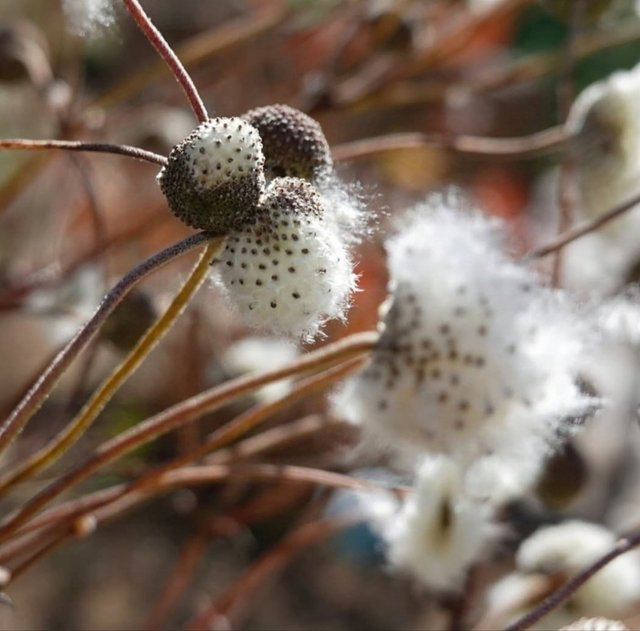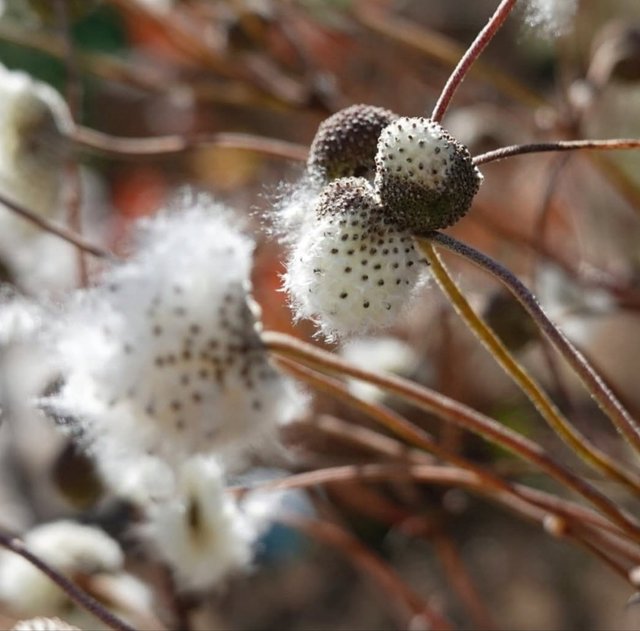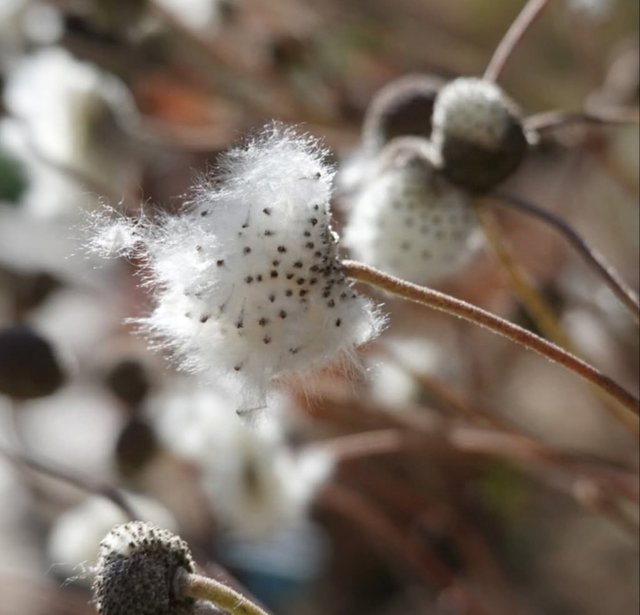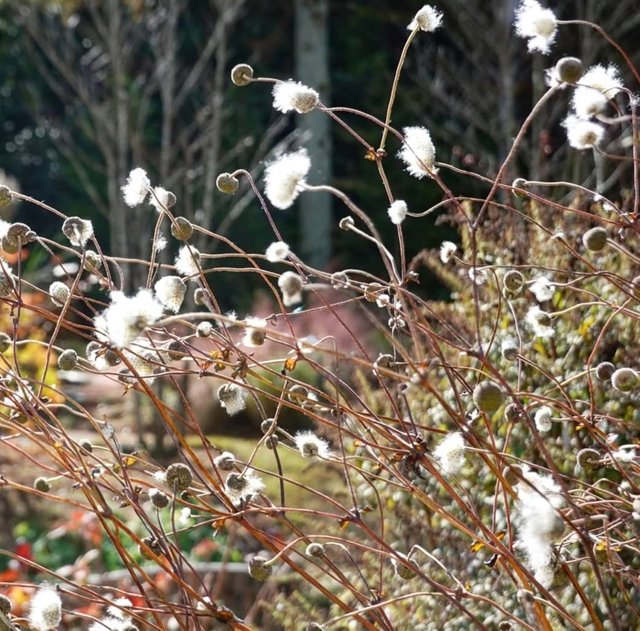Wonderful Colour Cotton
The Story of Cotton: From Fields to Fabric
Cotton is one of the most important natural fibers in the world, valued for its versatility, comfort, and sustainability. With a history that dates back thousands of years, cotton has played a pivotal role in shaping agriculture, industry, and culture across the globe. From ancient civilizations to modern textile industries, cotton's journey is fascinating and impactful.
Origins and History
The cultivation of cotton is believed to have started around 5,000 years ago, independently in various parts of the world, including the Indus Valley, Mesoamerica, and Africa. Ancient civilizations like the Egyptians and the Mayans used cotton for textiles, demonstrating its early importance.
By the 16th century, cotton's popularity had spread worldwide due to its adaptability to various climates and the softness of its fibers. The invention of the spinning wheel and, later, the spinning jenny during the Industrial Revolution transformed cotton production, making it the backbone of the textile industry.
The Science of Cotton
Cotton comes from the seed hairs of the Gossypium plant, a member of the mallow family. There are four main types of cotton:
Gossypium hirsutum: Known as upland cotton, it accounts for about 90% of the world's cotton production.
Gossypium barbadense: Known for its extra-long fibers, this type is used to produce high-quality cotton like Pima and Egyptian cotton.
Gossypium arboreum: Often referred to as tree cotton, it is grown primarily in Asia.
Gossypium herbaceum: Known as Levant cotton, it is mostly cultivated in Africa and the Middle East.
The cotton plant thrives in warm climates with moderate rainfall. Its fluffy fibers grow around the seeds, forming the iconic white bolls.
Cotton Cultivation and Harvesting
Modern cotton farming is a mix of traditional techniques and advanced technologies. Farmers carefully select seeds based on soil type, climate, and pest resistance. Cotton requires a growing season of 150-200 frost-free days and is often grown in regions like the United States, India, China, and Brazil.
Harvesting is either done by hand or by machines like cotton pickers and strippers. Once harvested, the raw cotton undergoes ginning, a process that separates the fibers from the seeds.




Device Information
| Device | Redmi Note 10 Pro |
|---|---|
| Location | Bangladesh |
